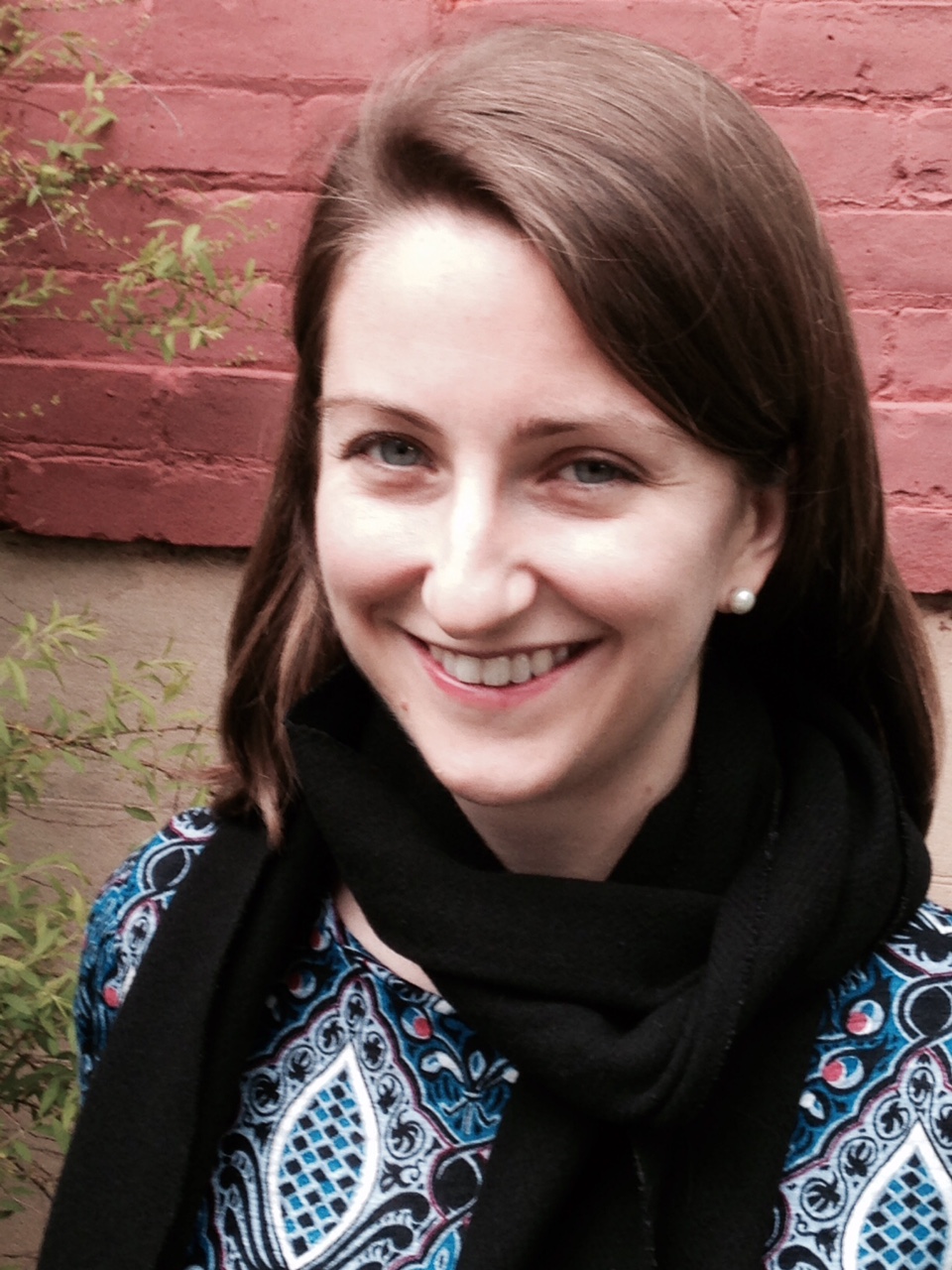
Meg Leja, Postdoctoral Fellow at Penn’s Wolf Humanities Center
Tuesday, November 28, 2017
By Blake Cole
There’s a great deal to be learned about bygone cultures by studying their citizens’ life experience, but what insights can be gleaned from their beliefs and practices concerning death? More than you might think, says Meg Leja, a postdoctoral fellow at Penn’s Wolf Humanities Center, who teaches the course Death, Disease, and Demons, an examination of the darker side of western culture, from the Roman Empire through the Middle Ages and beyond.
“People tend to think of the Middle Ages as a time when life was nasty, brutish, and short,” says Leja, a scholar of late antiquity, the Middle Ages, and the history of medicine. “And sure, people were dying right, left, and center, but a lot of what the course is focused on is thinking about how people understood death and the afterlife, what kinds of rituals and rites and mourning practices they developed, and how communities were governed by interactions between the living and the dead.”
Pop culture obsesses over many of the same morbid themes that people in the Middle Ages grappled with on a daily basis, Leja says, citing the popularity of violent historical epics and the zombie sub-genre. But in the Middle Ages, considering the last moments of life and the pronunciation of death conjured an image different from death in our modern medical setting.
“How we think of death now is framed by the presence of doctors and institutions,” says Leja, who is also an assistant professor at Binghamton University. “But for people in the pre-modern world, they were more concerned with the invisible: would this person come back to life because of an improper burial or some kind of sin that needs to be resolved? Or maybe they’d come back in order to tell some visionary tale where they saw the heavens and they toured hell and they saw purgatory and they're bringing a message back that's going to warn people to repent.”
These spaces after death, examined famously in Dante’s Inferno—among the many texts Leja’s students read—were of grave concern to parishioners. And if one had not fully atoned, it might be up to the living to expiate sins through prayers and alms lest punishment continue after death.
“In these spaces, people are punished according to the sins that they committed in life by demons that cook up very appropriate tortures for them,” says Leja. “Manuscripts show these demons using different types of technology for torture, and, ironically enough, this is a way in which historians can try to understand the technologies that were being developed, say in agriculture or for sharpening swords.”
When it came to burial, rituals were constantly evolving due to spiritual beliefs, as well as the reality of dealing practically with large numbers of dead due to pandemics and war. Within the Roman world, there was a shift from cremation to inhumation, or burial.
“There had been this argument that this shift occurred because of Christianity and the idea of resurrection,” says Leja. “But there is evidence that inhumation was something that was merely fashionable within the Roman world and was subsequently taken up by Christians.”
Penn offers unique resources for teaching the class, says Leja. Students have listened to recordings of Gregorian chants, watched tours of the Roman catacombs, and will be visiting Penn’s Kislak Center for Special Collections, Rare Books and Manuscripts.
Catherine Campbell, C'20, says that it’s often the details that are the most illuminating. "I have been enjoying this course a lot. It has pushed me, and the instructor works hard to give us a tangible sense of the specifics of each part of the course, even things like how monks walk in a monastery."
One of the benefits of teaching this kind of topic is that it touches on different interests in different students. “Some people are interested in the health sciences aspect in terms of medical practice and hospice care,” says Leja. “Then there are students who are interested in the more theological aspects of the issue and the history of the Middle Ages. It gives a diversity of perspectives.”